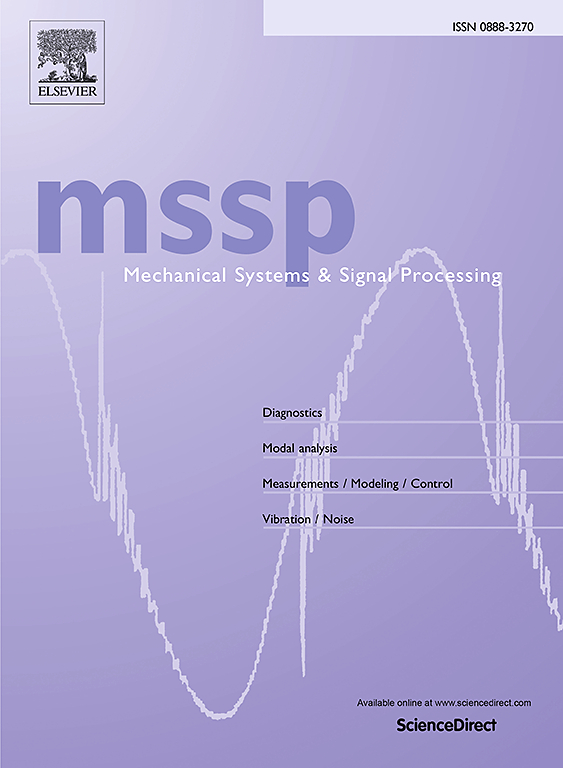Structural response reconstruction using a system-equivalent singular vector basis
IF 7.9
1区 工程技术
Q1 ENGINEERING, MECHANICAL
引用次数: 0
Abstract
This paper develops a novel method for reconstructing the full-field response of structural dynamic systems using sparse measurements. The singular value decomposition is applied to a frequency response matrix relating the structural response to physical loads, base motion, or modal loads. The left singular vectors form a non-physical reduced basis that can be used for response reconstruction with far fewer sensors than existing methods. The contributions of the singular vectors to measured response are termed singular-vector loads (SVLs) and are used in a regularized Bayesian framework to generate full-field response estimates and confidence intervals. The reconstruction framework is applicable to the estimation of single data records and power spectral densities from multiple records. Reconstruction is successfully performed in configurations where the number of SVLs to identify is less than, equal to, and greater than the number of sensors used for reconstruction. In a simulation featuring a seismically excited shear structure, SVL reconstruction significantly outperforms modal FRF-based reconstruction and successfully estimates full-field responses with as few as two uniaxial accelerometers. SVL reconstruction is further verified in a simulation featuring an acoustically excited cylinder. Finally, response reconstruction and uncertainty quantification are performed on an experimental structure with three shaker inputs and 27 triaxial accelerometer outputs.
求助全文
约1分钟内获得全文
求助全文
来源期刊

Mechanical Systems and Signal Processing
工程技术-工程:机械
CiteScore
14.80
自引率
13.10%
发文量
1183
审稿时长
5.4 months
期刊介绍:
Journal Name: Mechanical Systems and Signal Processing (MSSP)
Interdisciplinary Focus:
Mechanical, Aerospace, and Civil Engineering
Purpose:Reporting scientific advancements of the highest quality
Arising from new techniques in sensing, instrumentation, signal processing, modelling, and control of dynamic systems
 求助内容:
求助内容: 应助结果提醒方式:
应助结果提醒方式:


